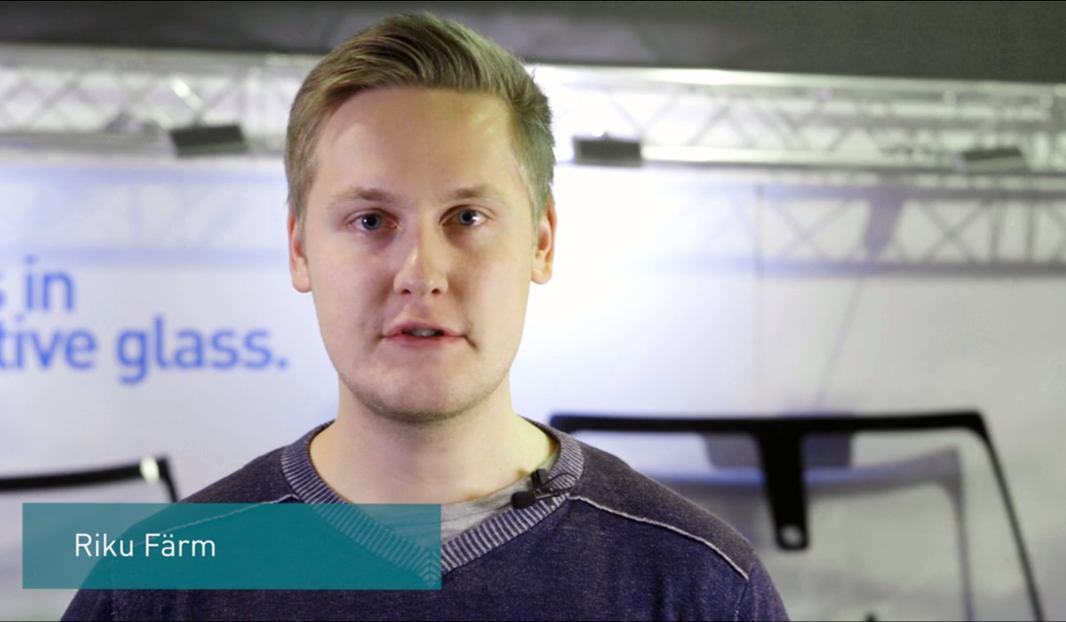
This week, we are dealing with the following two questions:
For this week’s questions, see our full video response below!
The blowers will have an effect on the environmental noise, even around the building. We’re using environmental air, sucking it into the blower room and pressurizing it to do the quenching. This means that the air flows are quite high, causing noise in the environment.
There are a couple of ways how you can limit or reduce the noise. First of all, you can have air intakes from inside or outside the factory. When you take air from inside the factory, the noise level is not as high. When you take it from outside, remember to build some acoustic noise traps into your air intakes, so that the air flow doesn’t create such a big noise.
The problem is caused by the Low-E coating itself, which is designed to reflect the heat. This is, of course, a good thing when such glass is installed and the building becomes more energy efficient. But at the same time, this causes some problems during tempering. The heat and scanner beams are reflected from the top side of the glass, causing the scanner image to become a bit distorted.
What you can do to ensure your images are as clear as possible is to use the correct emissivity value. You might have to test it a few times. This is because with hot glass, the emissivity values are a bit different from what the manufacturer tells you. So, basically, you need to use a slightly higher value to make sure you get the clear image you want.
The second solution is to use a bottom scanner. It is a scanner specifically designed to get the image from the bottom side where there’s no coating to reflect the scanner beam.
Für den Glastory-Newsletter anmelden
Wir beantworten Ihre Fragen zur Glasverarbeitung. Teilen Sie uns Ihre Herausforderungen mit und wir versprechen, unser Bestes zu tun, um Ihnen zu helfen.
Comments are closed.